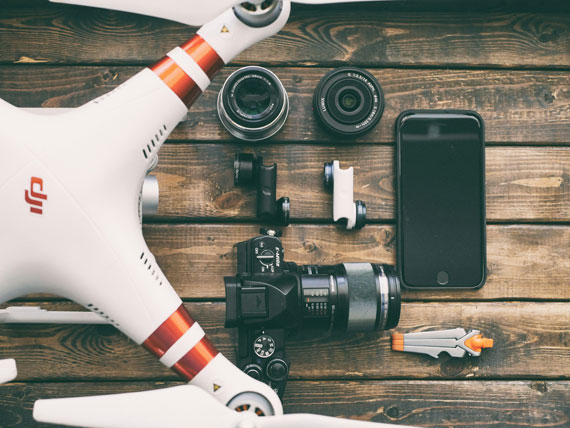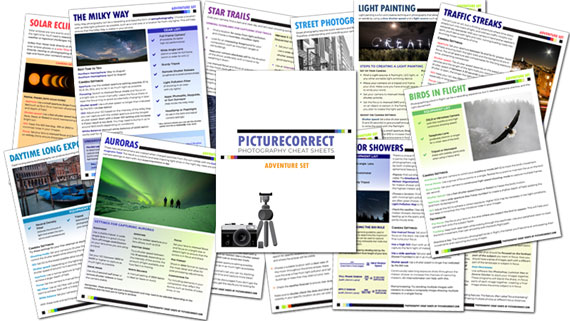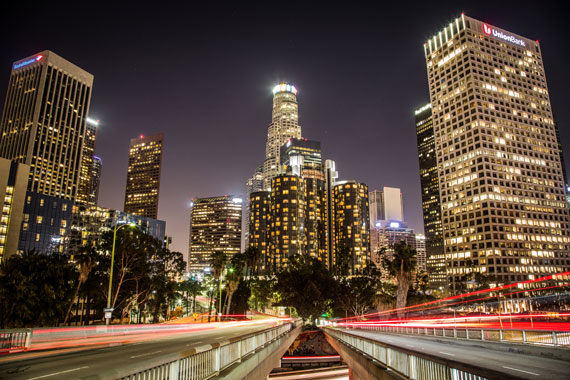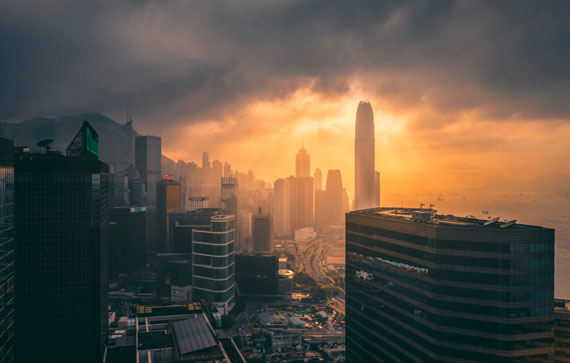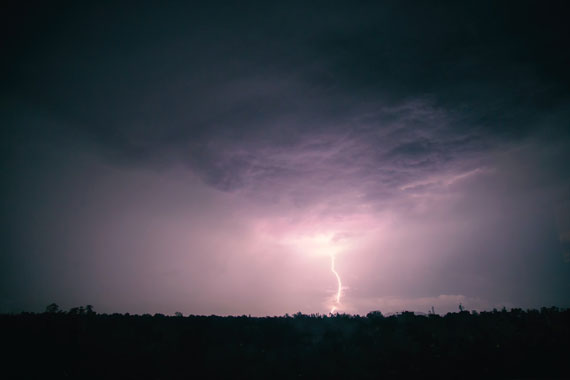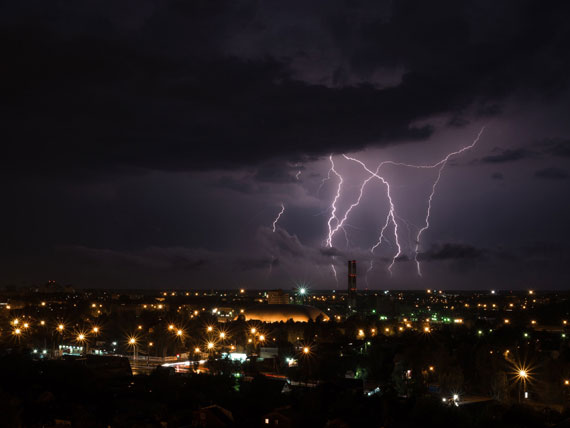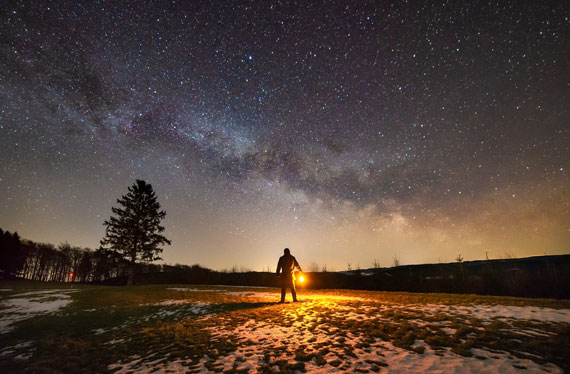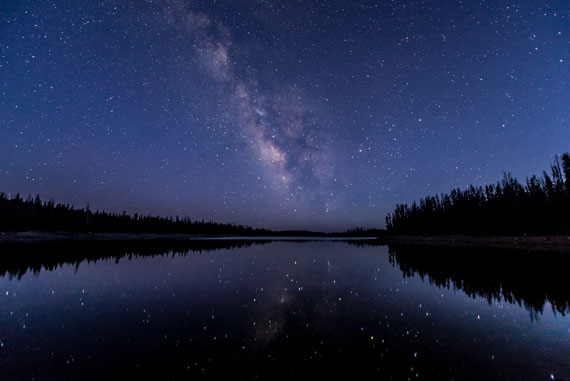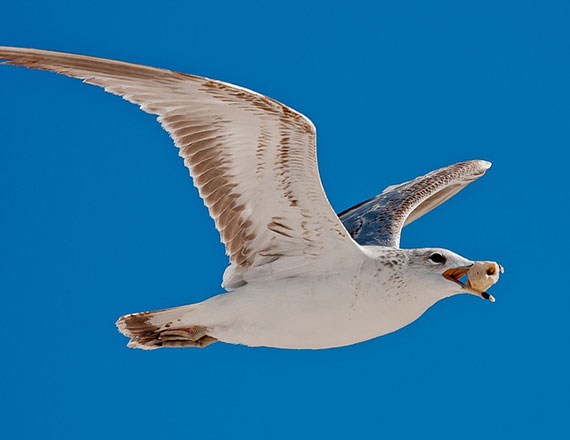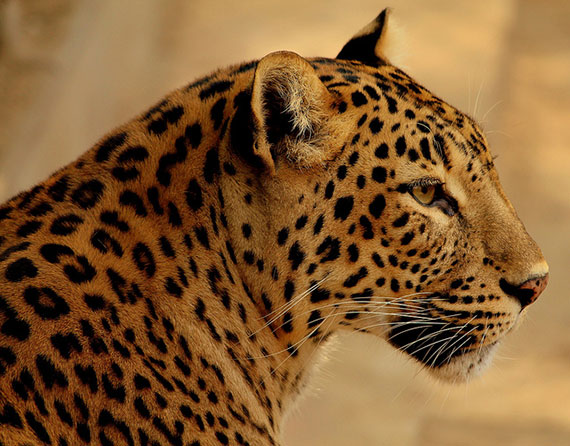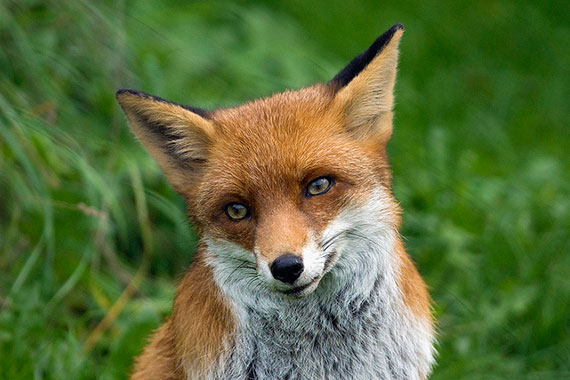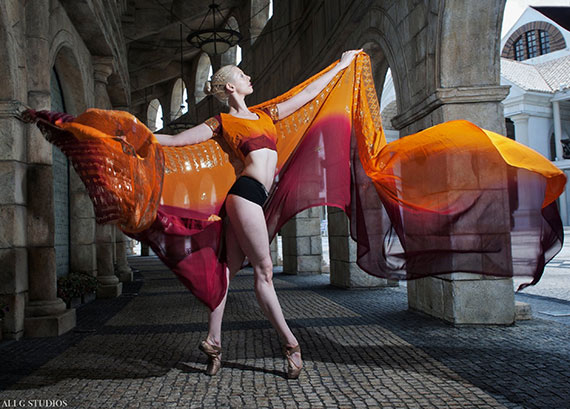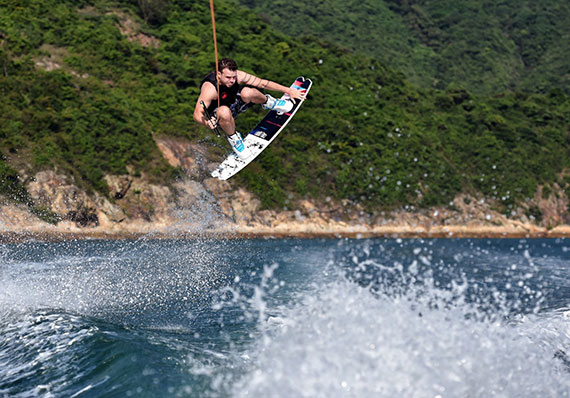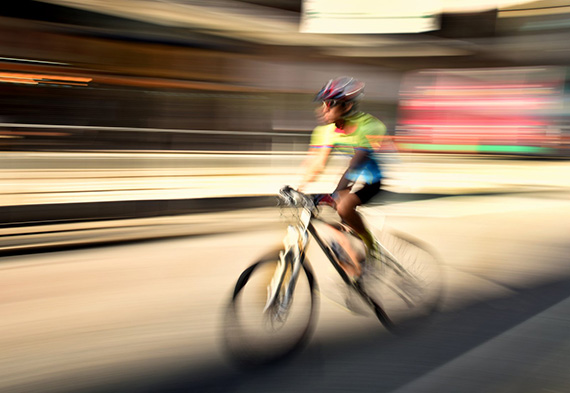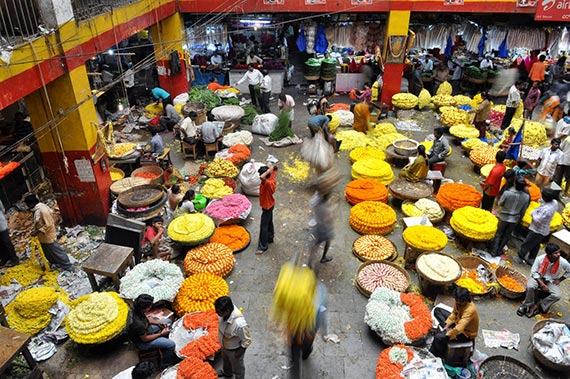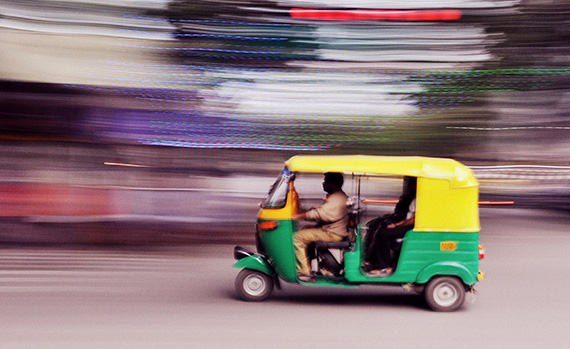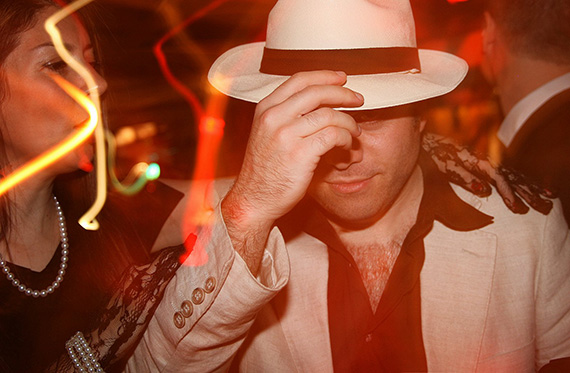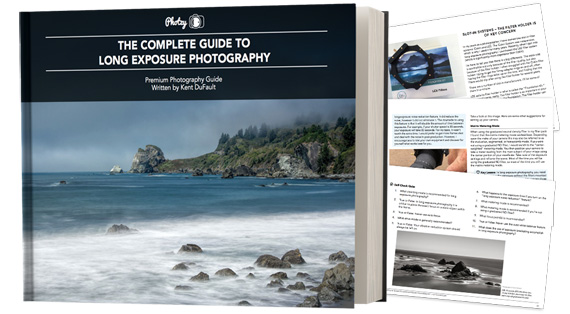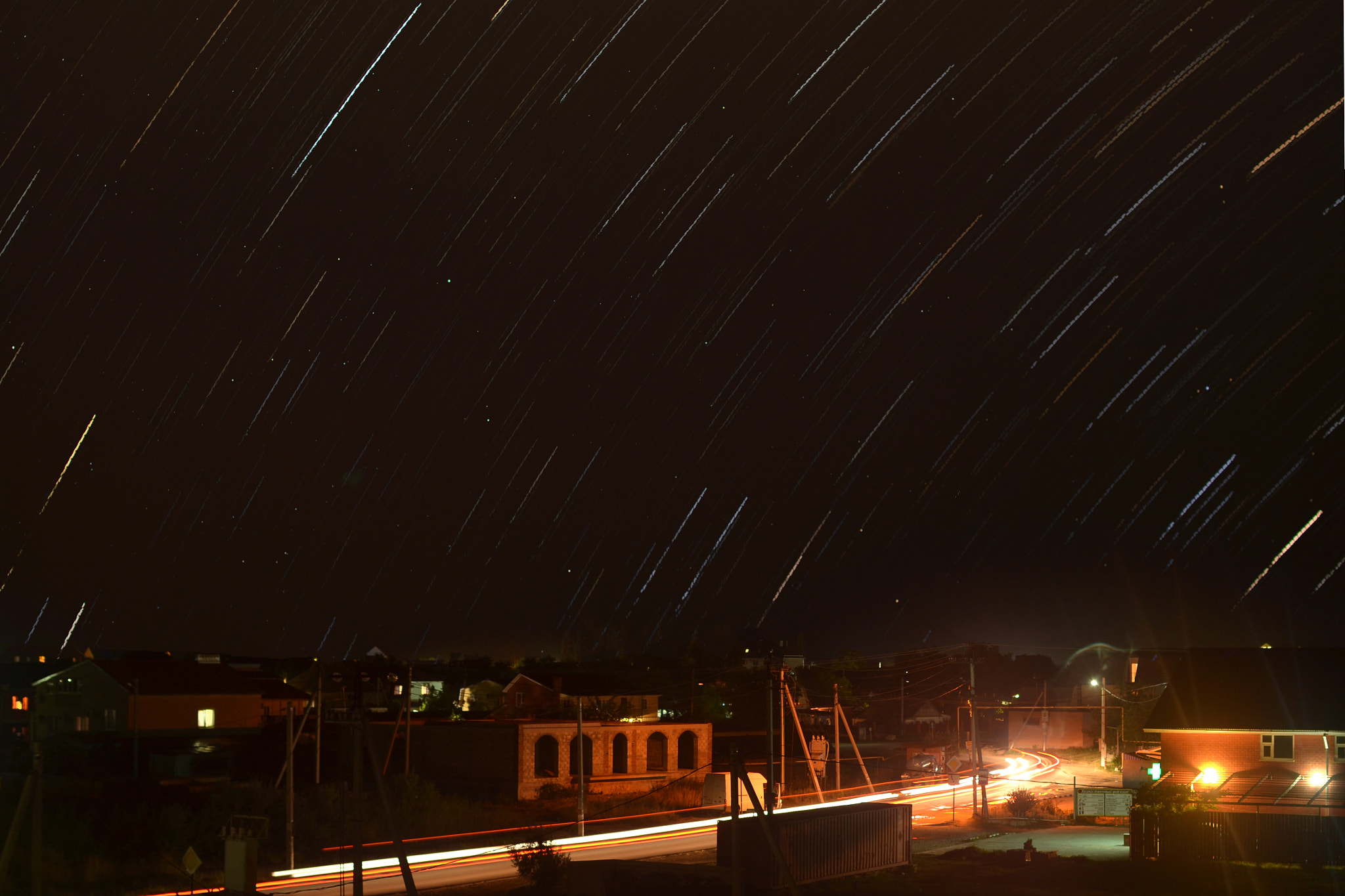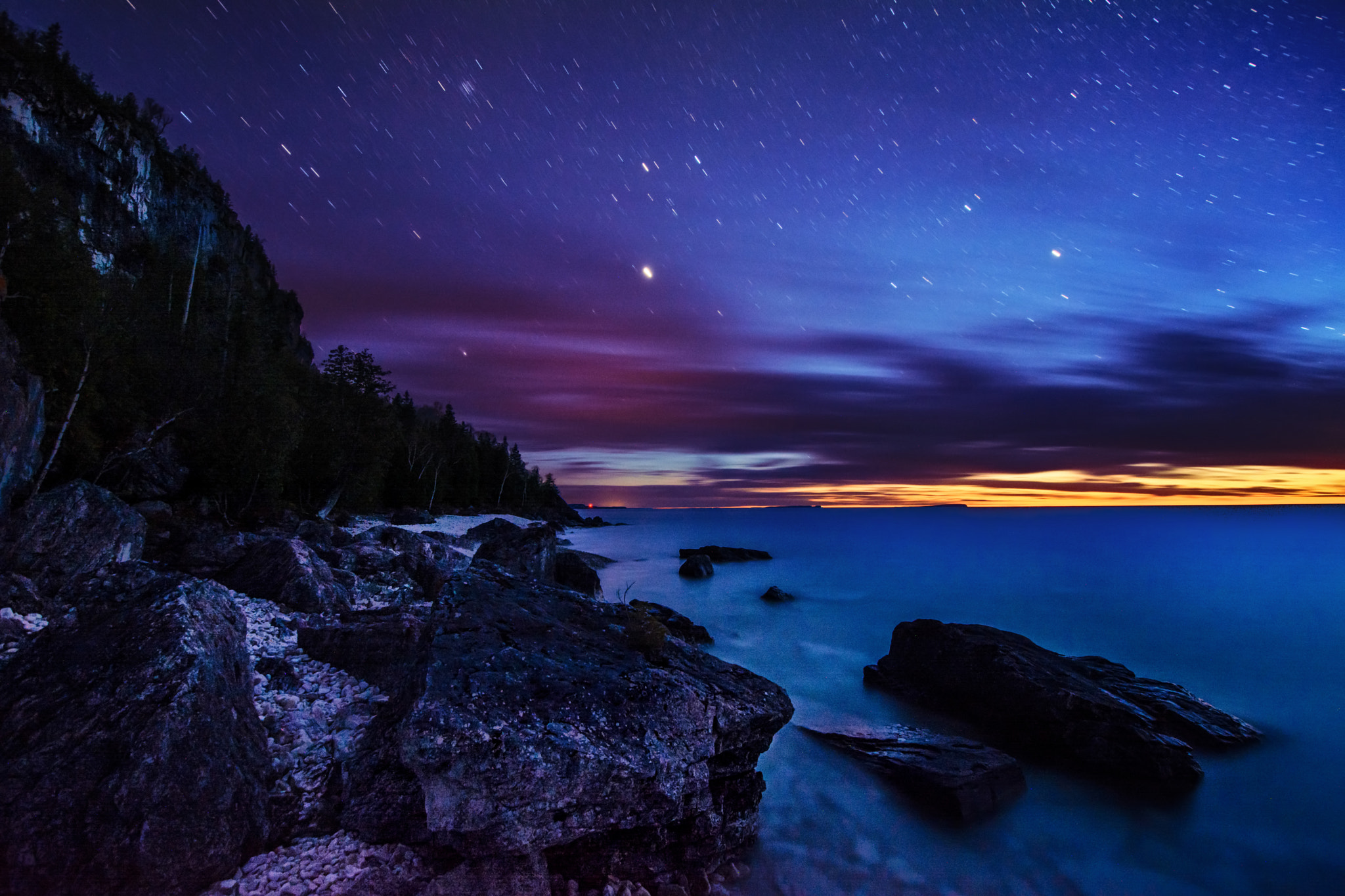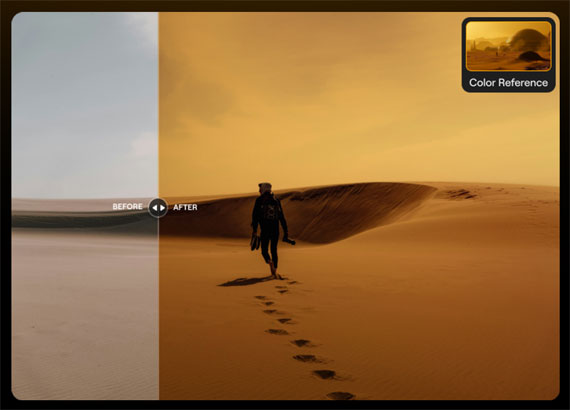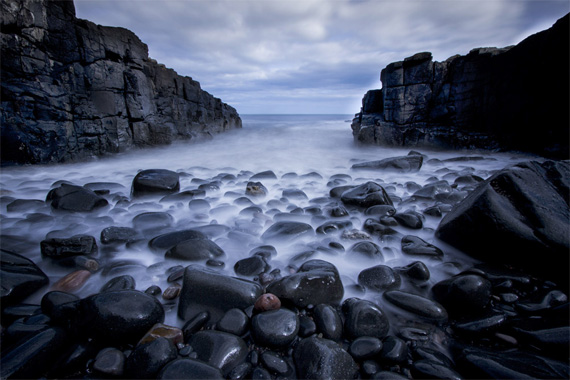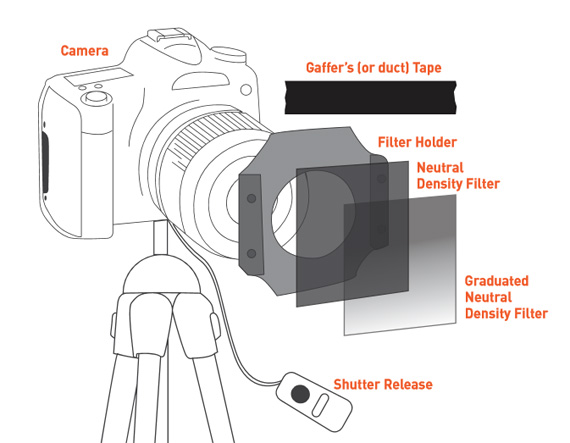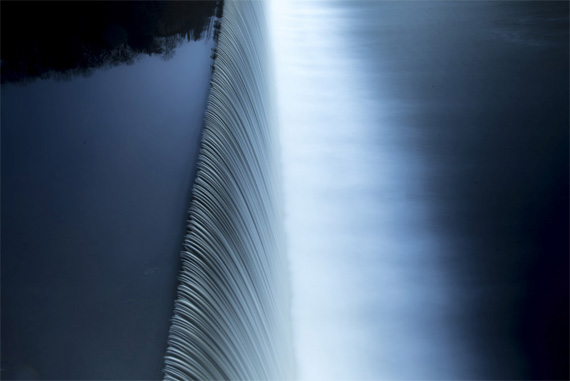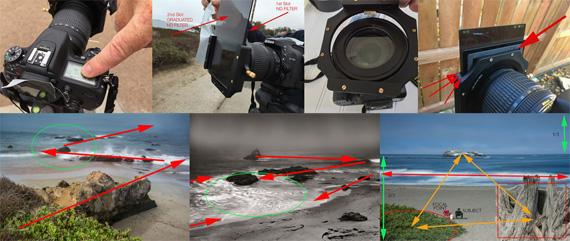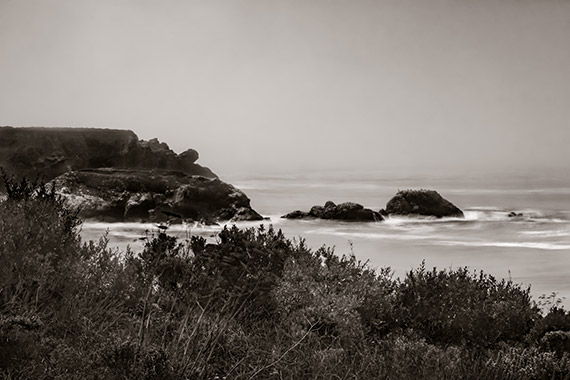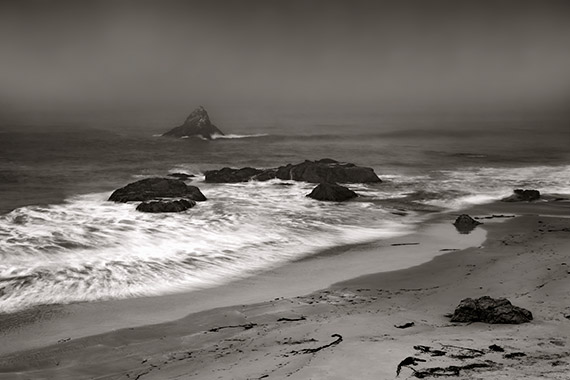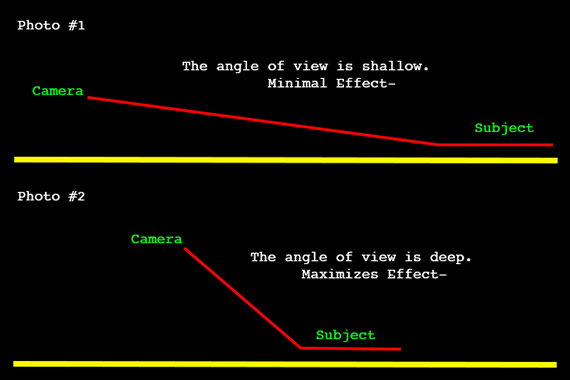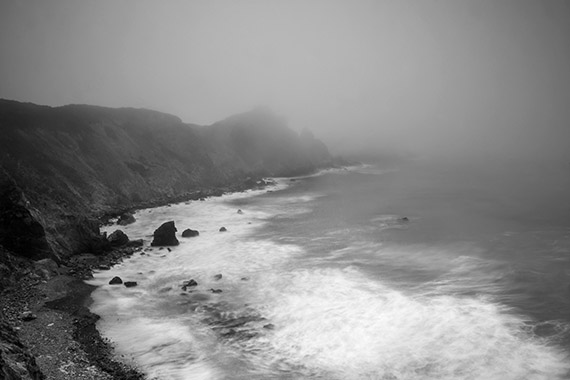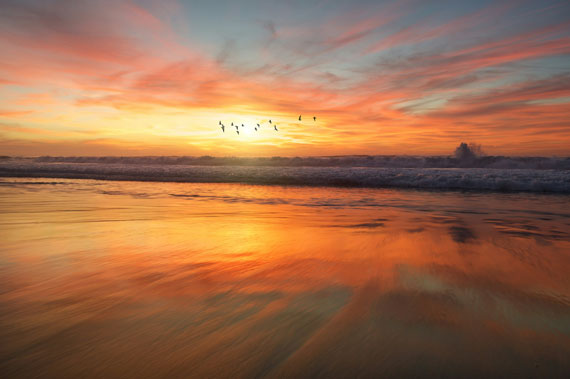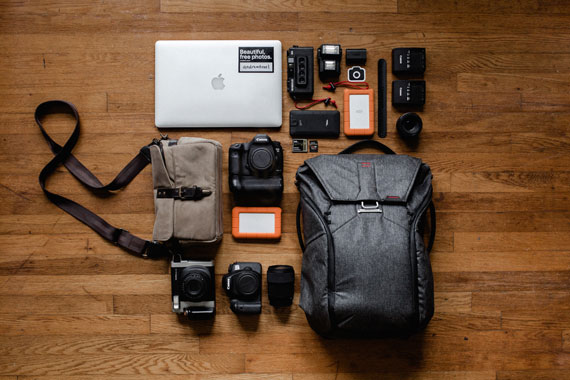Final day reminder: only hours left for the Bird Photo Snap Cards at 82% Off
Photographing great wild bird photos can be challenging at times, but with good preparation, the right equipment, and a few simple tips, it can also be quite fun and rewarding. What follows are our top tips for capturing better wild bird photos.
Know Your Venue
If you’re hoping to capture some great wild bird pictures, the first thing you need to do is get to know your venue. First up, do some research and find out what species you’re likely to spot. From there you can work out when and where you’re likely to find them. Once you figure out where you’re likely to find them, find a map of that area and convert it to a sketch map so you can mark your own details on it.
When you first arrive, use your sketch map to mark out the overhead path of the sun, so you can anticipate lighting in different locations, mark different vegetation/habitat types, and where you can find good cover for yourself.
Then, as you spot different species, mark the locations (and times) on your sketch map. Soon, you will have a very handy reference guide for future shoots. When you return, you’ll know when and where you need to be to capture the bird photographs you seek.
The best bird photographers often tell me they rarely get their best shots on the first visit… the best wild bird pictures usually happen once they know the location as well as their own backyard.
Know Your Subject
This should go without saying for any sort of wildlife photography, but it’s particularly important for capturing great wild bird photographs. Birds are incredibly fast and often seem totally unpredictable, so the better you get to know them, the better your chances are of anticipating their behavior and getting the shot you want.
For starters, invest in a good bird guide and learn everything you can about the species you want to photograph. Getting to know their feeding habits, breeding, nesting, and migratory behaviors will help you make sure you are in the right place at the right time.
Knowledge of their specific behavior, from guides and observation, will help you anticipate what they’re going to do once you’ve found them. The more time you spend observing the birds, the better you’ll be able to predict their behavior. It will also give them more time to get used to you.
There are some bird behaviors that are fairly universal though, so you can start with these.
Most birds will take off and land into the wind. So if there’s a prevailing wind direction at your venue, be aware of it and position yourself facing towards the bird’s likely location with the sun behind you (ie. so your photos will be with the bird flying towards you and lit from the front).
Most birds ‘tense’ their feathers just before they take off. When they’re relaxed (and going nowhere) they look more ‘fluffy’. When they’re about to take flight, they almost seem to shrink for a second or two before launching themselves. If you watch for this, it can be a great trigger to start shooting.
Buy the Longest, Fastest Lens You Can Afford
This tip comes with a caveat. You don’t need an exorbitantly expensive lens to get marketable bird photos, but any extra length you can afford will be helpful.
Some of the best bird photographers I know use nothing more than a standard 100mm–400mm telephoto and get incredible results. In fact, most will tell you it’s more about the preparation, research, good positioning, and patient stalking techniques, as opposed to the lens.
In a perfect world, all bird photographers would have a 600mm f/4 auto focus lens, but realistically, anything over 300mm is probably good enough if you hone your other birding skills.
You can, of course, use a teleconverter: a 1.4 teleconverter on a 400mm lens will put you in the 600mm range, but be aware you will lose a couple of f-stops in the process. In open, well-lit settings, that can be OK, but in any sort of vegetation, it’s probably going to make life difficult.
A final option a lot of dedicated birders use is called “digiscoping”. This entails attaching their camera to their spotting scope. A spotting scope with 25x magnification would be equivalent to a 1500mm lens. Even when you buy the adapter as well, it can be a very affordable way of getting close to your subjects.
Adjust Camera Settings
In most cases, you’ll want to use the fastest possible settings to deal with the speed and mobility of your subjects. When the birds are flying, you’ll usually need at least a 1/500 second shutter speed to keep it crisp. Even when they’re perched, many birds fidget and rarely keep perfectly still.
There will be times when you want to slow it down and convey the motion, and this can (should) be done deliberately. Just remember, there’s a difference between a photo deliberately captured to convey movement and one that’s just not sharp. If you’re going for movement, my suggestion would be to use panning to make sure there’s no question in the viewer’s mind that it was deliberate.
Digital ISO settings allow you to speed things up considerably, just be aware of how fast you can go before the picture quality suffers.
Always remember to constantly check your exposures. White, bright skies will trick your camera’s auto-exposure. So, for in flight shots, you’ll generally need to dial in 1–2 stops or more for exposure compensation.
Maximize Other Equipment
Usually a tripod would be considered essential equipment when using a long lens, but in bird photography, you will often find yourself in situations where setting up a full-sized tripod might be difficult. By all means use one whenever you can, especially if you’re working from a hide or semi-permanent position, but if you’re on the move, I always find a monopod more useful. In wooded areas there’s usually at least a tree to brace yourself against.
A lot of bird photographers will tell you their car makes a great hide and tripod all in one. Many birds are quite used to cars by now, so if you arrive on site and sit quietly for a few minutes, many birds will soon forget the car is there. Keep a small bean bag handy for a camera rest, and you’re in business.
Always carry extra battery power and extra storage. In the field, plastic bags are always helpful for protecting your gear from the elements (i.e. rain, fog, dust, etc.). If you’re really roughing it, a lot of pros suggest you don’t even change lenses. If you really need a choice of lens, carry it already attached to an extra camera body, to avoid any chance of getting dirt or water inside.
Be Deliberate in Your Composition
There are a few basic rules that apply to most wildlife photography, and they are particularly relevant to bird photographers as well.
First and foremost, focus on the eyes.
If the eyes are sharp, the rest doesn’t matter. If the eyes aren’t sharp, the rest doesn’t matter! No doubt there will be exceptions, but if you keep that firmly in mind when you’re shooting and editing, you will end up with a much stronger collection.
Another “rule” that applies to most wildlife photography is: shoot from the front. With few exceptions, there’s rarely much call for the rear end view of any creature leaving the scene.
The approaching view is much more natural, therefore making it easier for most viewers to connect with the photo. With birds, the approaching view is even more important. Birds usually present to their mates ‘head on’, which is when they display their more brilliant plumage. While the rear view is more likely to be plain or even camouflaged.
Finally, as much as possible, shoot from eye height.
For ground or shore birds, this often means getting down on your belly. For high nesting birds, it means getting as high as you can yourself. Obviously you can’t always get to their level, but the more you try, the better your results. Telephoto lenses do help give the impression you’re more equal, but try not to rely on that alone.
If you’re photographing birds in flight, you need to anticipate and pan. Be extra careful not to crop too tightly. It is much better to trim things later than to find out you repeatedly clipped off a tail or a wing. And when possible, try to capture the birds flying into the frame, rather than out of it. A seemingly obvious part of flight is the wings. Always watch the wing position of the species you’re photographing and refer to your bird guide. Different species will present very distinct shapes. The ability to capture those behaviors and traits that make a creature unique is what separates the great wildlife photographers from the good ones.
Lastly, make sure you get good clear detail shots as well, so you can be totally confident in your identification of the bird. That means close up shots of the head, beak, breast, tail shape, and back. If you are planning to sell the images, accurate identification is essential. Don’t ever rely on common-names; buyers will usually want scientific names to be completely sure (i.e., If you have photos of a common Blue Jay, know that the scientific name is Cyanocitta cristata before you try to sell them).
Be Patient and Prepared to Practice
Patience is a virtue, especially in bird photography. When you arrive on site, always give the local inhabitants time to get used to you being there; you will get better images. Don’t try to force the issue by going too close too fast. At best they’ll fly away, and at worst, they’ll look visibly stressed which never makes a good photo.
Instead, after waiting and watching, work out what the comfort zone is for the species and stay just outside that. Most birds are instinctively afraid of people, but if you sit and wait quietly and patiently, you’ll find most are quite inquisitive, and many will actually approach you if you give them the opportunity.
Beyond that, shoot often and shoot heaps. Don’t expect your best shots to come on your first visit to an area. Instead, treat your first visit as a scouting trip. Work out your lines of light, wind, where your cover is, and identify as many species as you can, then you can research more fully before your next outing.
If you’re just starting out in bird photography, you might even find it useful to set up a feeder at your home, so you can practice and observe the birds in a relatively closed environment. Remember, the more time you spend getting to know your subjects, the better your photos are going to be.
Finally, spend plenty of time studying other people’s wild bird pictures. Dissect each shot and think about how it was created in terms of equipment, settings, timing, positioning, and the photographer’s understanding of the bird and its behavior.
A great wild bird picture doesn’t happen by accident. In fact, quite often, you’ll find the best bird images aren’t shot by bird photographers but by birders with photography skills. Something to keep in mind!
About the Author:
Matt Brading writes for GlobalEye Images, a site that lists wild bird pictures and stock bird photos. They represent some exceptional bird photographer specialists in their field.
For Further Help with Bird Photography:
Bird photography is active and hands-on, so your reference materials should be able to come with you anywhere. Enter these new bird photography snap cards. A simple and beautiful way to learn bird photography on-the-go. Download your snap cards – print them out – and pop them in your camera bag— You’ll never miss a shot again! They are currently 82% off until midnight tonight if you want to check them out.
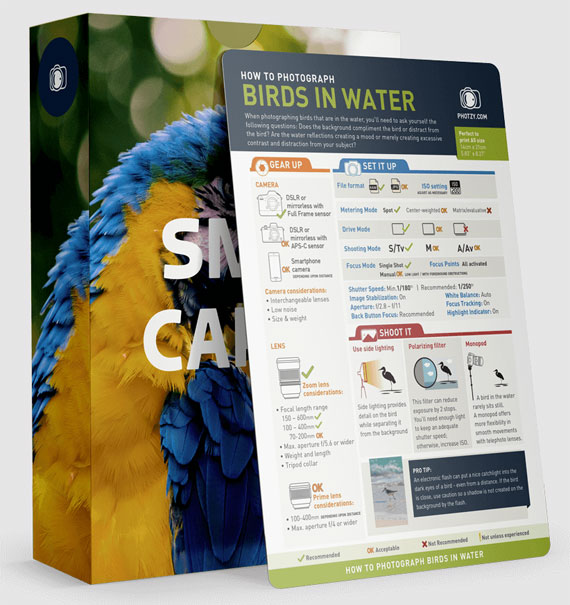
New: Bird Photography Cheat Sheets (see what’s included)
Not only will these Snap Cards give you a simple and beautiful way to learn bird photography on-the-go… They’ll also give you the confidence to experiment. Because now, if you get stuck with a problem, you’ll have the answer right there with you in your camera bag.
Only hours left: The Bird Photography Snap Cards at 82% Off
- - - - - - - - - - - - - - - - - - - - - - - - - - - - - - - - - - - - - - - - - - - - - - - - - - - - - - - - - - - - - - - - - - - - - - - - - -
Photography, like any art or skill, thrives on consistency. The journey to becoming an adept photographer is paved with regular practice. Learn how PictureCorrect Insiders can help.
- - - - - - - - - - - - - - - - - - - - - - - - - - - - - - - - - - - - - - - - - - - - - - - - - - - - - - - - - - - - - - - - - - - - - - - - - -
This post Wild Bird Photography Tips appeared on PictureCorrect.
from PictureCorrect https://ift.tt/sAyzmRP
via
IFTTT
